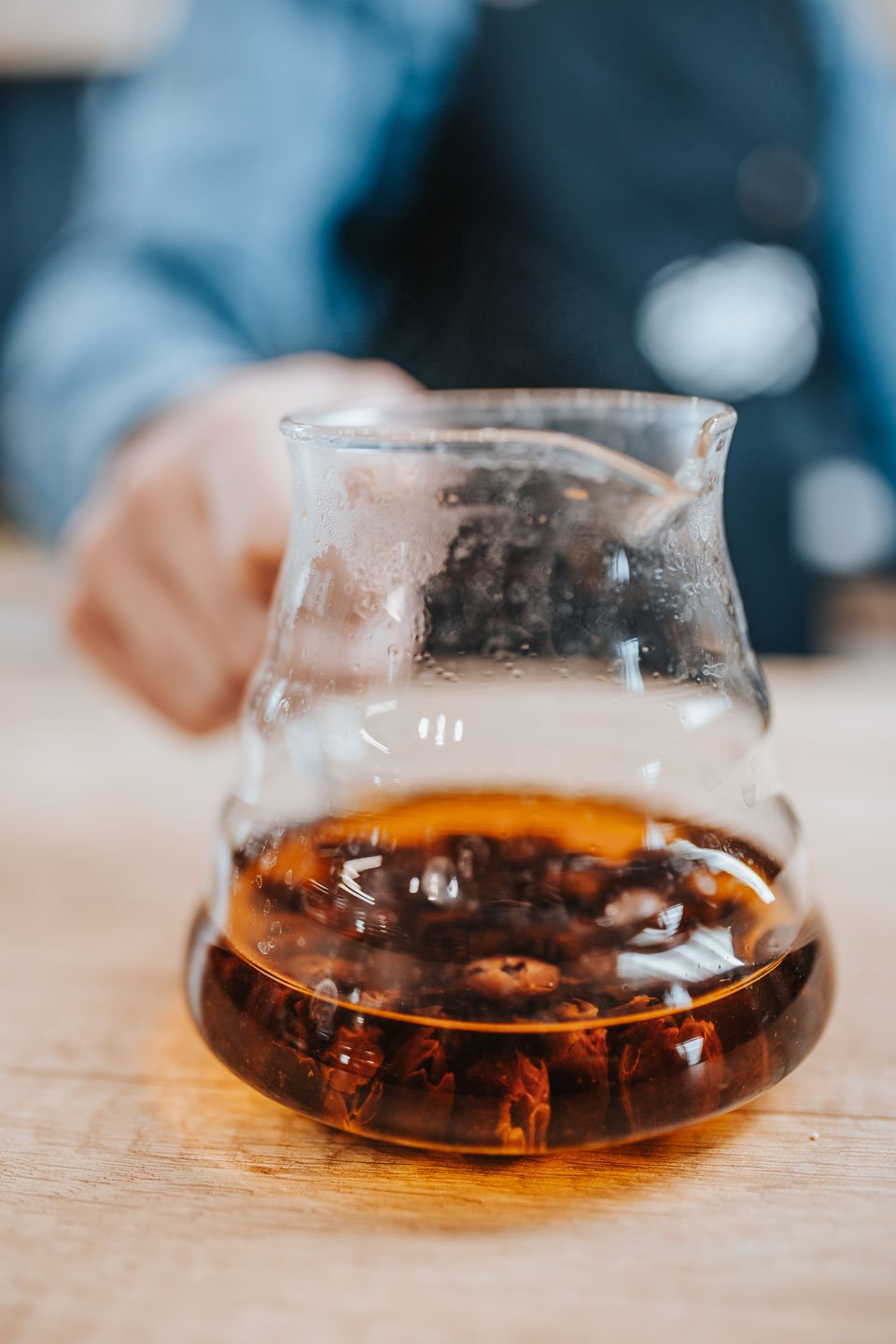What is Cascara?
Cascara is the dried skin of the coffee cherry and it means “husk,” “peel” or “skin” in Spanish. After the coffee cherries are picked and washed, the skin is typically discarded as waste or composted. However, more and more producers are starting to turn this by-product into a valuable product. It is not to be confused with cascara sagrada.
Cascara does not taste anything like coffee nor is it tea. It is technically considered a tisane, which is a brew mixture made with any ingredients other than tea leaves. It is often described as having a sweet, fruity taste with notes of raisin, hibiscus, cherry, or even tobacco. The dried coffee skins do not have the same caffeine content as coffee. About a quarter less compared to black coffee.
Health Benefits of Cascara
Cascara is said to have many health benefits like an increased supply of nutrients to the body, and it can also increase metabolism and reduce inflammation. In fact, some manufacturers claim that cascara contains 50% more antioxidants than cranberries, but independent nutritional data for the tea is lacking so it is hard to document the specific amount. In addition to having anti-inflammatory and antioxidant properties, cascara is also believed to be rich in polyphenols.
So How Do I Make This Stuff?
As with most tisanes, cascara is made by steeping the dried coffee skins in hot water. And even though coffee cherry tea is not as popular in the United States, it is fairly easy to make and there is no exact recipe for brewing it. This allows for plenty of room to experiment with either hot or cold steeps. Below, we have our recipe of what we found tasted delicious as a hot elixir.
Place 18g of the cascara into a decanter, French Press, or Clever Dripper.
Pour 288g of hot water (208F) into the vessel and start your timer.
Steep for 4-5 minutes.
At minute 2, stir the elixir twice with a spoon.
Carefully pour the elixir while restraining the cascara into a warm cup and enjoy!
While cascara is already fairly sweet, some recommend adding a little honey or sugar for extra flavor. Another option is to add ginger, nutmeg or cinnamon to the drink like in Yemen or Ethiopia.



